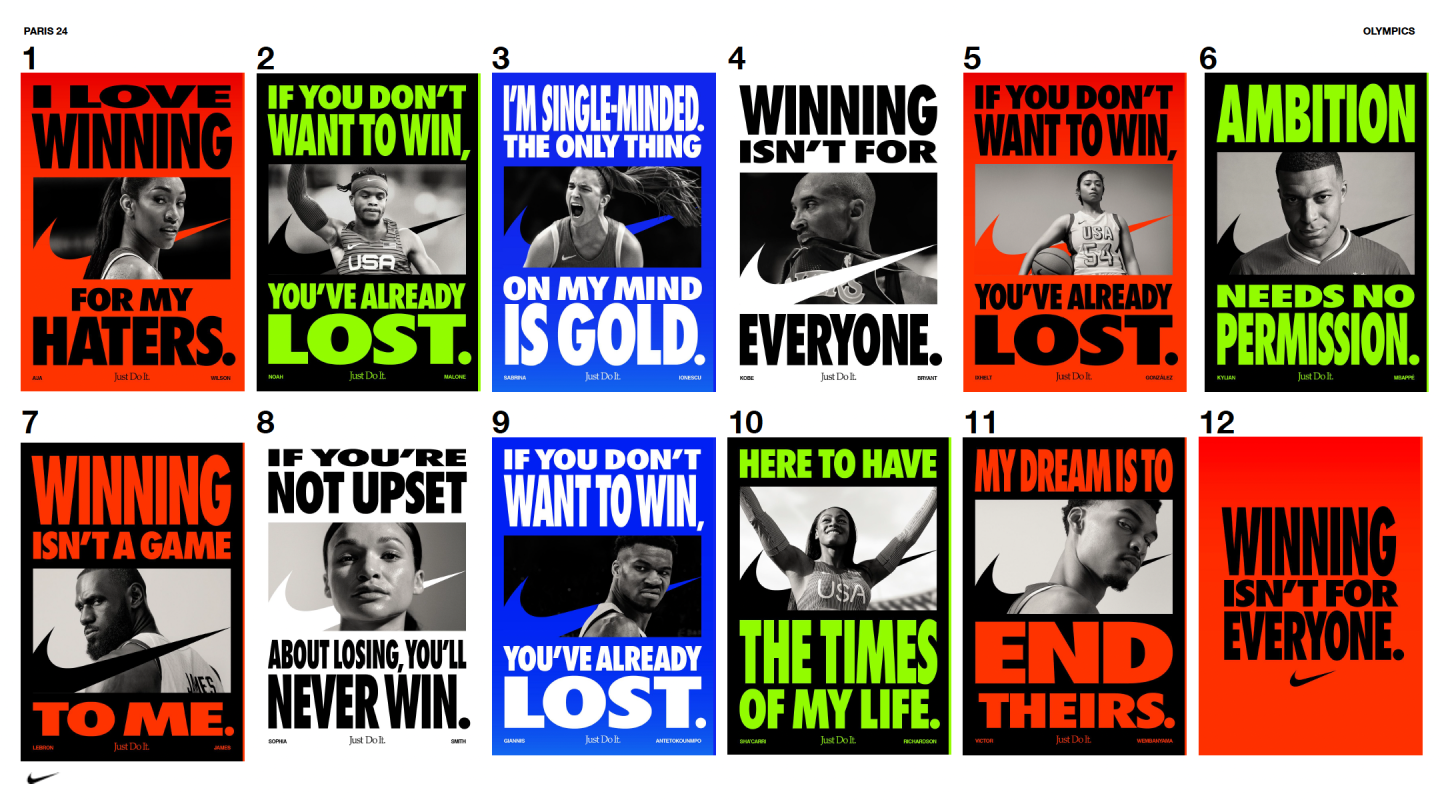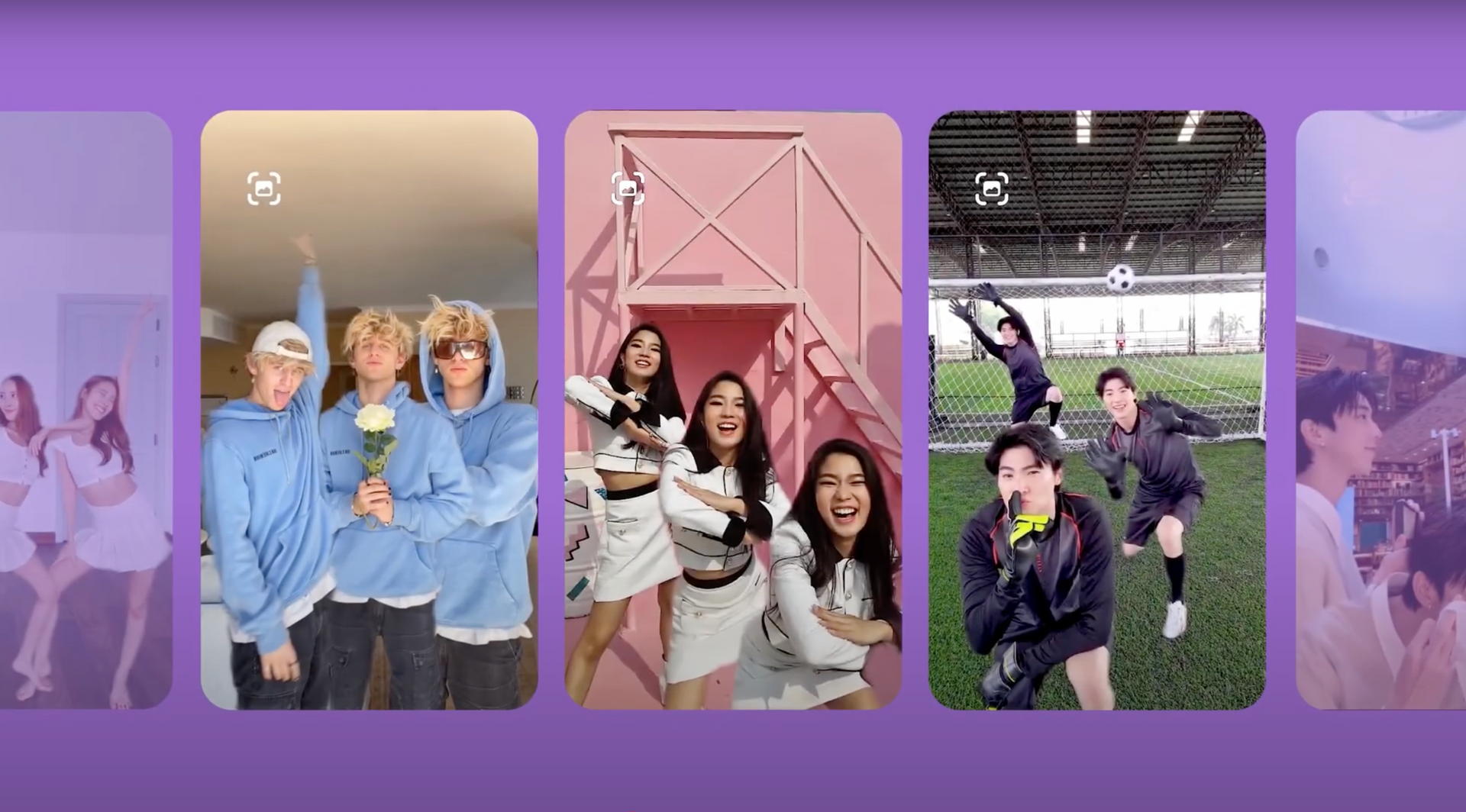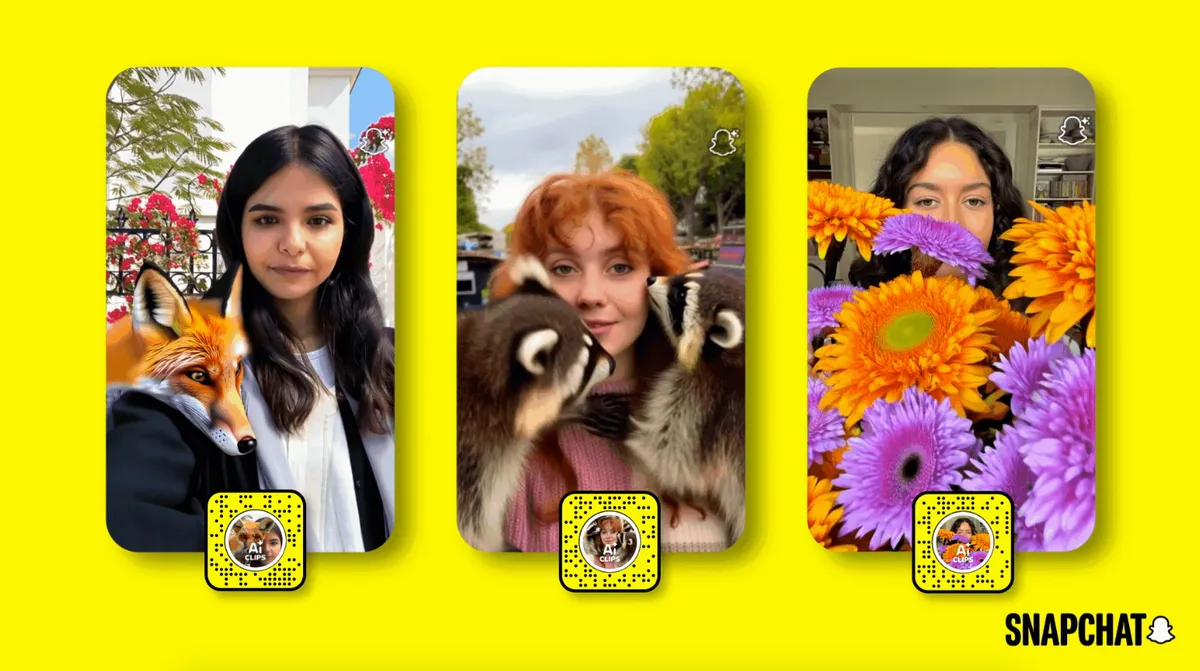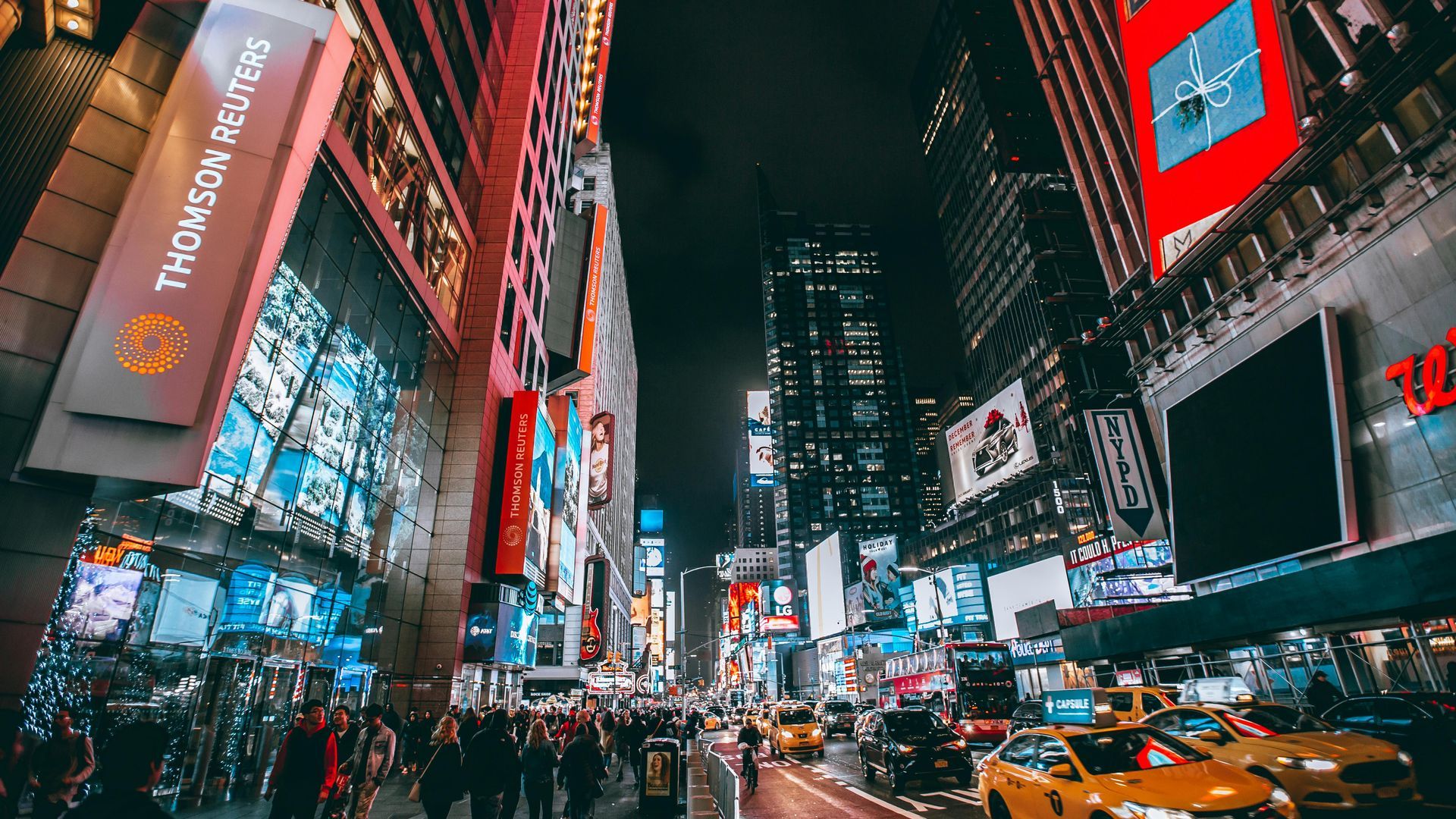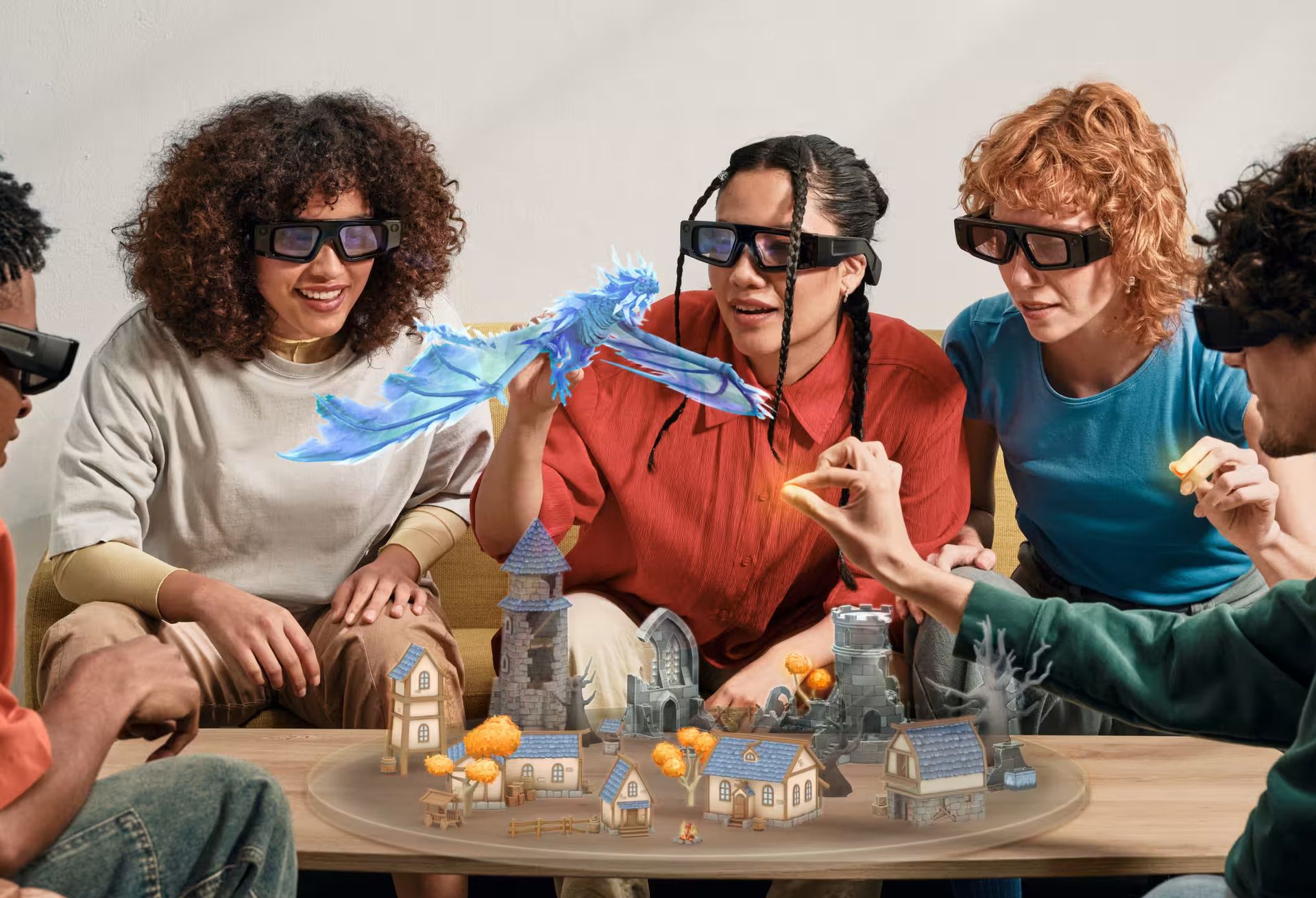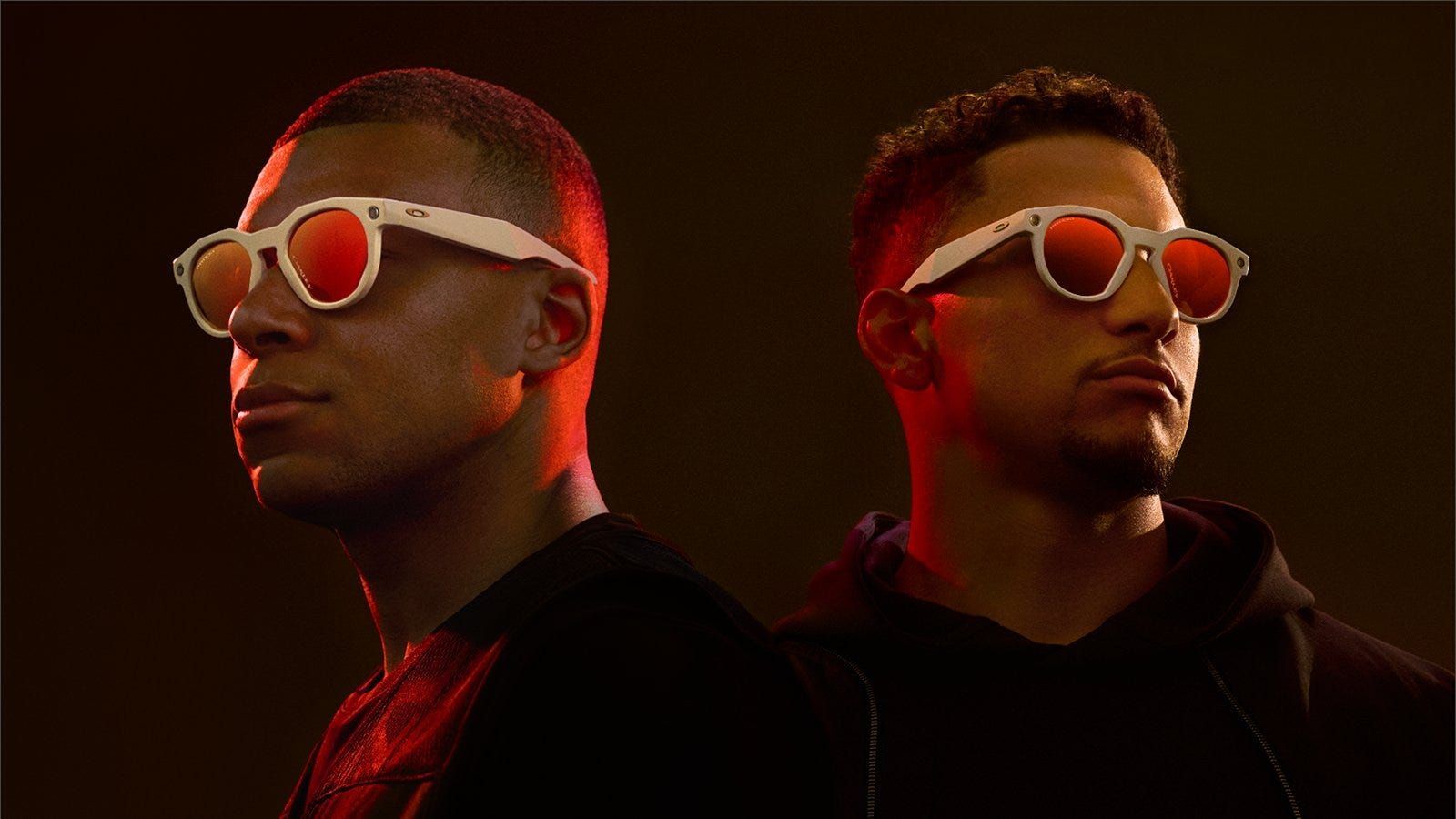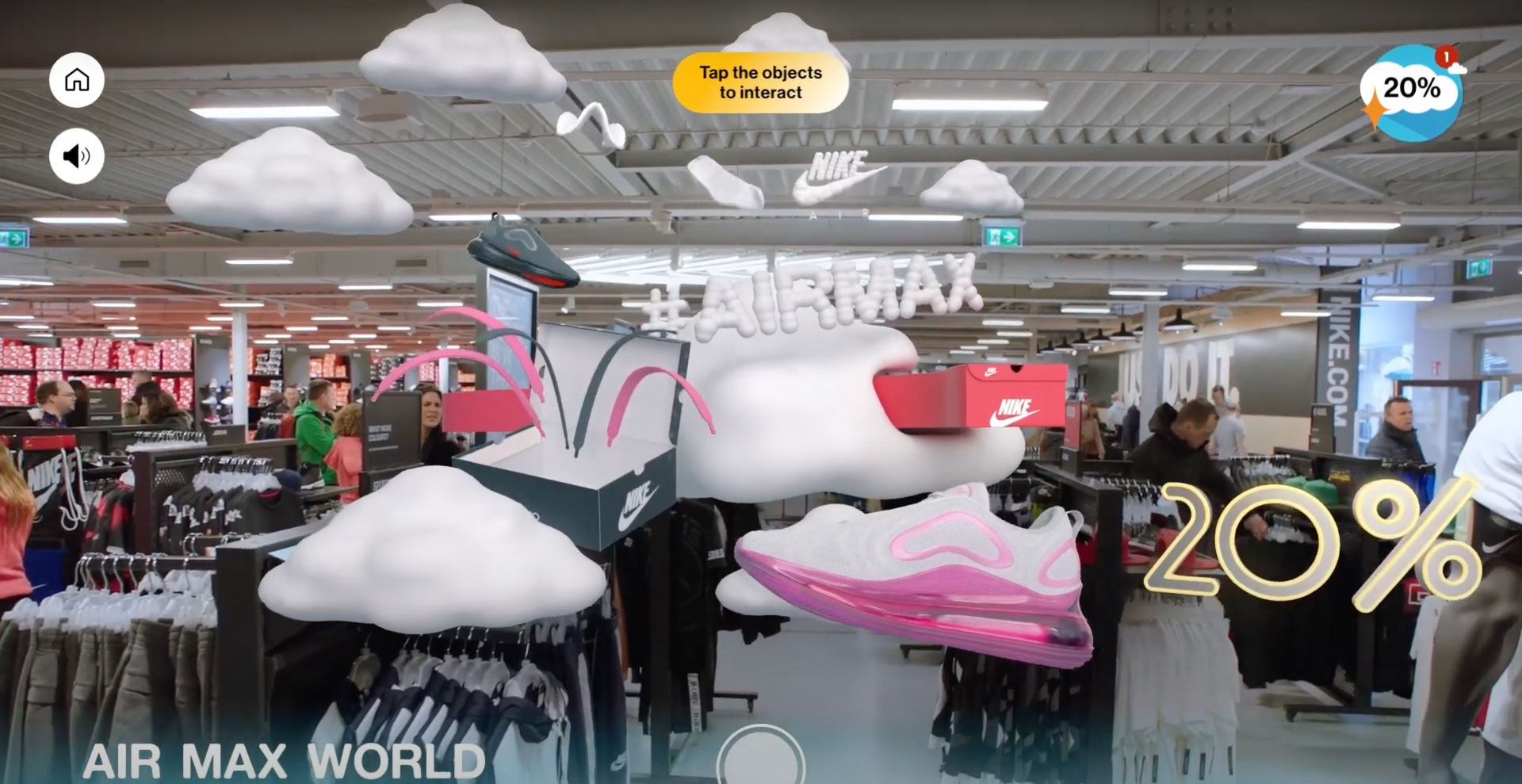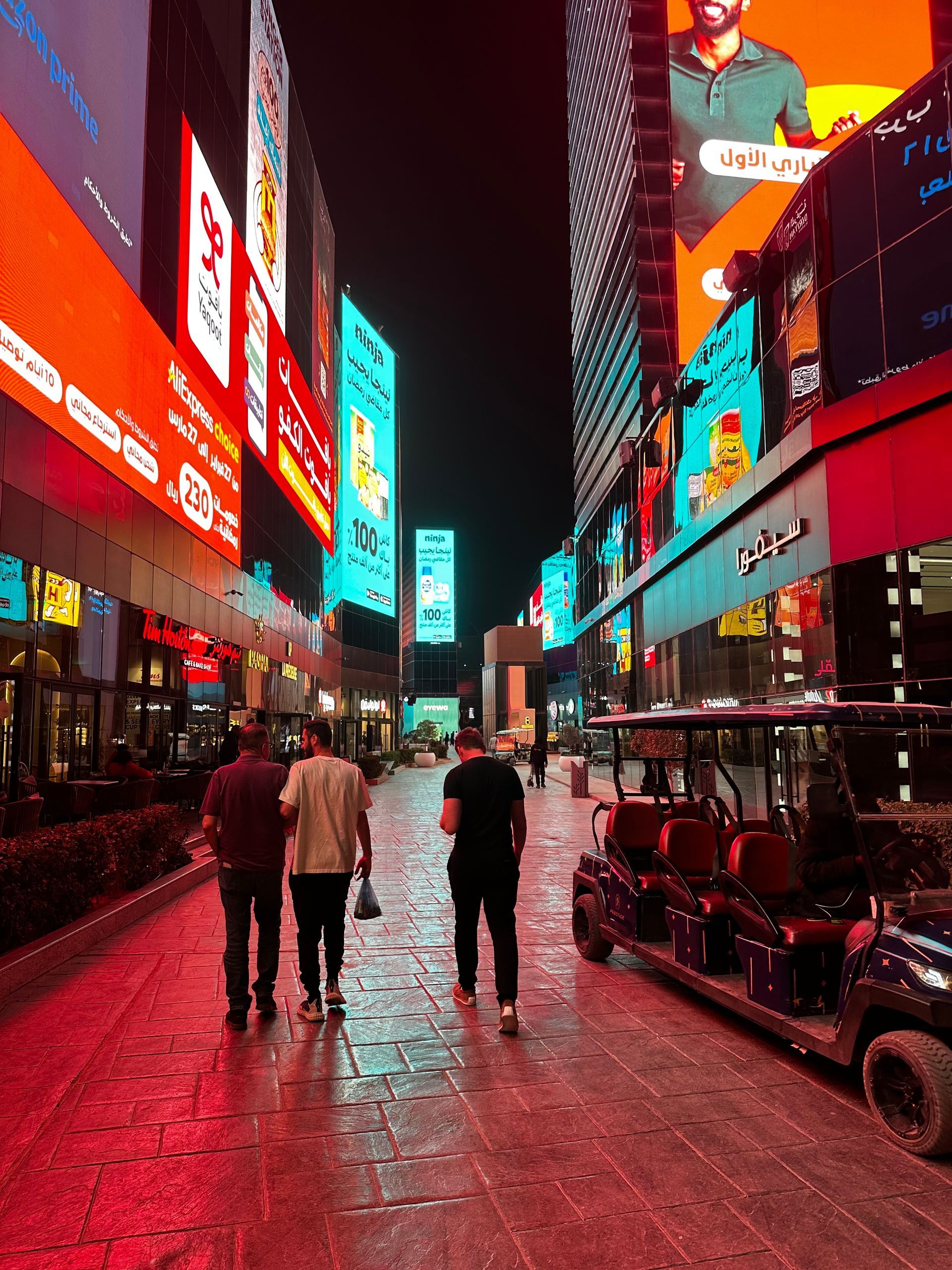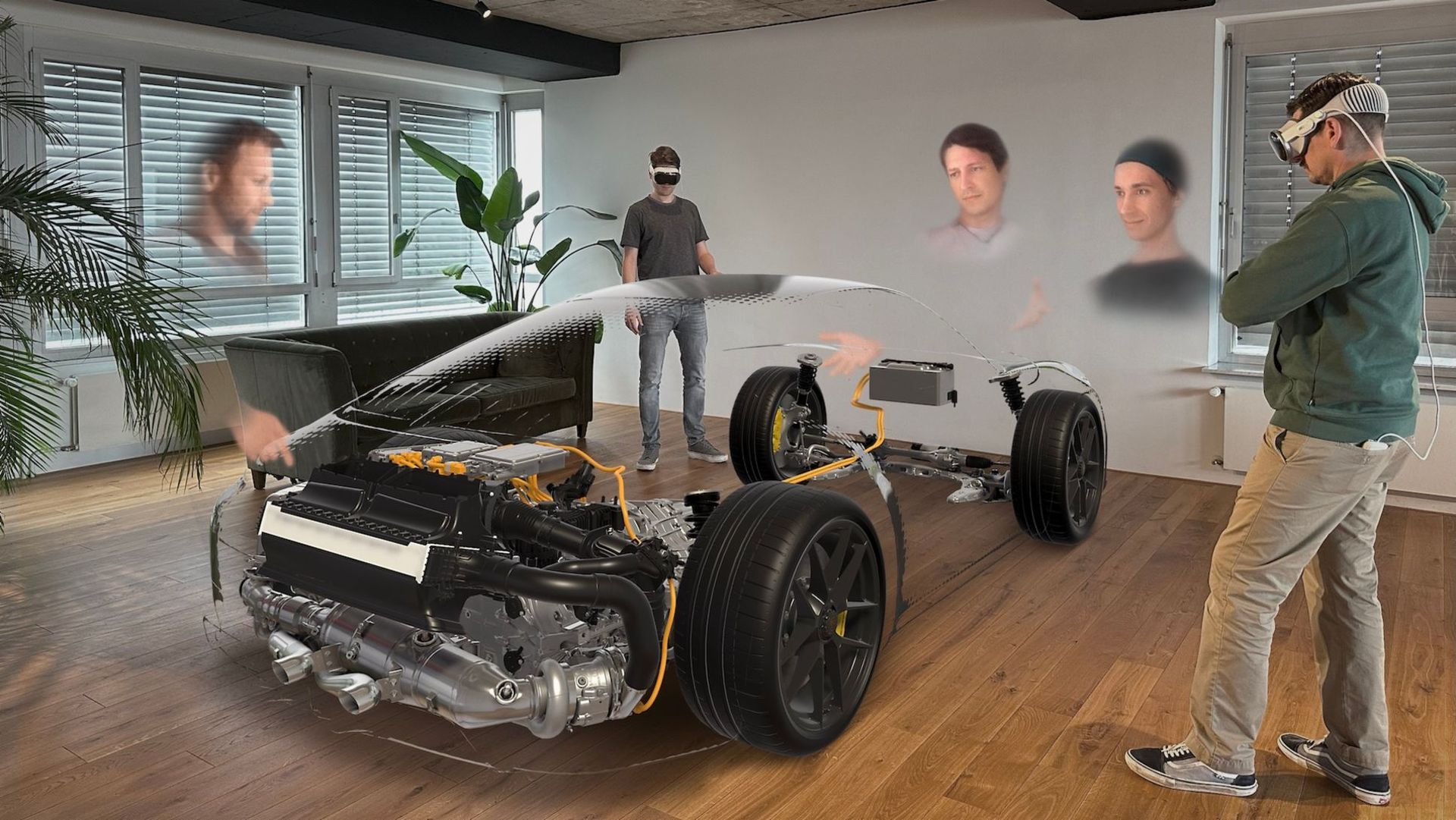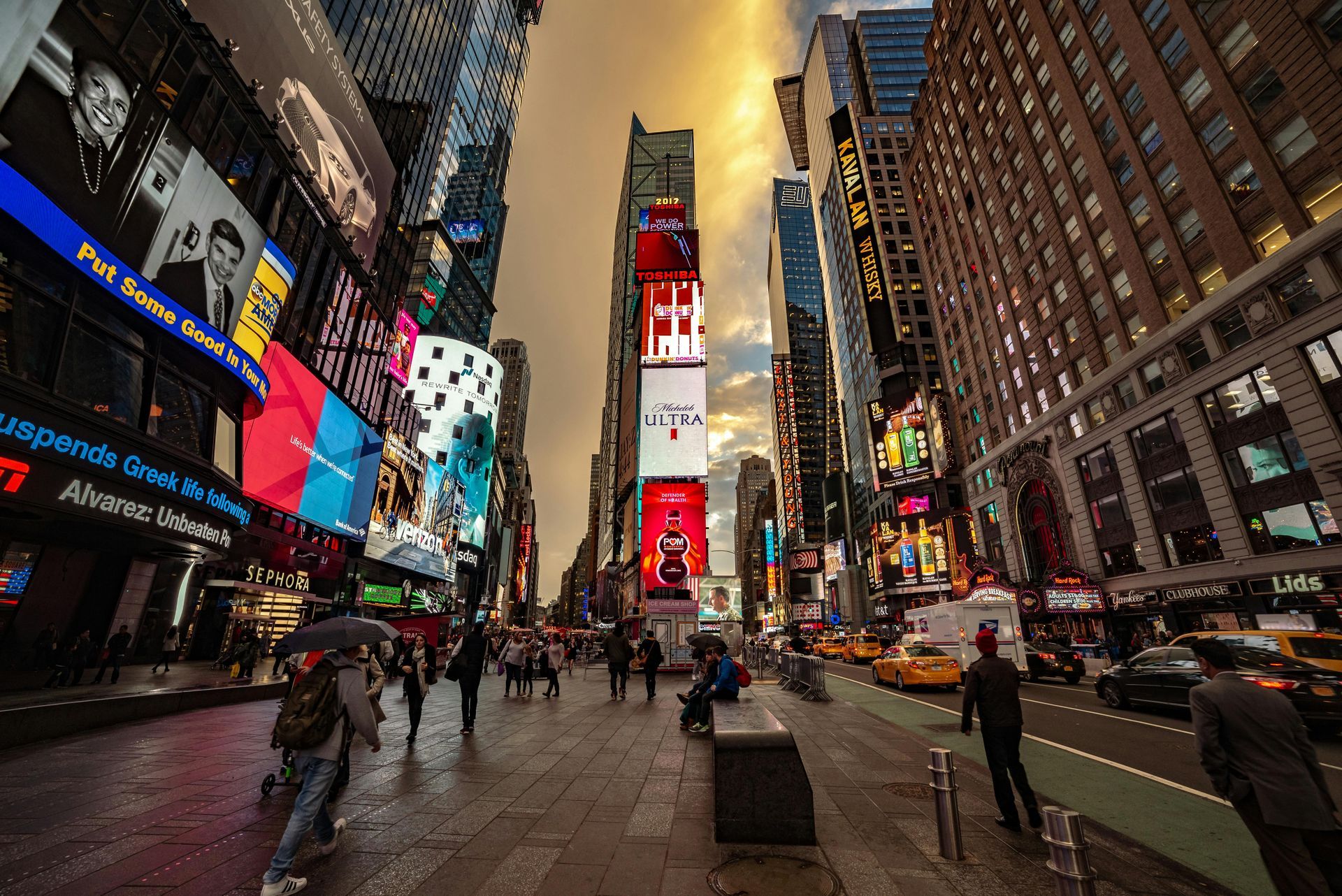The Ultimate Playbook: Influencer Strategies for Explosive Follower Growth
In the world of social media, gaining followers is more than just a numbers game—it's a strategic effort that requires planning, creativity, and consistency. Influencers who experience explosive follower growth understand this and leverage various techniques to optimize their presence and resonate with their audience. If you're ready to grow your Instagram account or increase your influence across platforms like TikTok and Snapchat, this ultimate playbook will guide you through proven strategies influencers use to boost their follower count.
1. Craft a Memorable Instagram Bio
Your Instagram bio is the first thing potential followers see when they visit your profile. It’s a golden opportunity to make a lasting first impression. Make sure your bio is concise, reflects your brand voice, and includes relevant keywords that describe who you are and what you offer. Don't forget to include a call-to-action (CTA), asking users to follow you or click a link to learn more. Optimizing your Instagram bio ensures that visitors understand why they should follow you in a matter of seconds.
2. Post High-Quality Content Consistently
Creating content that resonates with your target audience is at the heart of any influencer strategy. Influencers who experience rapid growth focus on posting a variety of high-quality content that entertains, educates, or inspires their audience. Content is king whether it's a stunning photo, well-crafted caption, or relatable Instagram Story. Be mindful of the type of content your followers engage with most, and continue to refine your approach.
Establish a content calendar to ensure consistency. Planning ahead with a schedule for posts helps you stay on top of your content strategy and ensures you always have fresh material to share.
3. Create a Posting Schedule Based on Optimal Times
Knowing the best times to post on Instagram is critical to maximizing engagement. Influencers grow their following by staying on top of the platform's algorithm and understanding when their audience is most active. Tools like Instagram Insights can help you determine the peak times for your specific followers. Combine this data with a consistent posting schedule to ensure that your content is seen and engaged with.
4. Engage with Your Audience
Influencers who succeed in growing their followers make audience engagement a priority. Respond to comments, like posts, and actively participate in conversations happening within your community. When your followers see that you're accessible and interested in their opinions, they'll feel more connected to you, which builds loyalty.
Additionally, finding relevant hashtags to use in your posts can help increase visibility to users outside of your immediate audience. When your content reaches new users through specific hashtags, you’re more likely to gain new genuinely interested followers.
5. Use Instagram Stories to Humanize Your Brand
Instagram Stories are a powerful tool for building relationships with your followers. They offer a more casual and behind-the-scenes look at your life or brand, helping to humanize your Instagram account. Use Stories to give followers a glimpse into your daily life, share quick tips, or post interactive content like polls and Q&A sessions. The temporary nature of Stories encourages immediate engagement, which can significantly boost your overall profile activity.
6. Leverage Influencer Marketing and Collaborations
Collaborating with other influencers or brands in your niche is an excellent way to gain exposure to a broader audience. Influencers often experience follower growth through influencer marketing campaigns or partnerships involving cross-promotion. This exposes your profile to new followers who already trust the person or brand you’re collaborating with. When planning collaborations, ensure the partner’s followers align with your target audience for the best results.
7. Optimize Your Use of Hashtags and Branded Hashtags
Hashtags are one of the most effective ways to increase the visibility of your posts. Using a combination of popular and niche hashtags ensures your content reaches a broader yet targeted audience. Additionally, creating a branded hashtag for your content or campaigns allows you to encourage followers to participate in your movement. A branded hashtag is also a great way to build a community around your content and encourage user-generated posts.
8. Repurpose Content Across Platforms
Influencers maximize their reach by repurposing content for multiple platforms to grow explosively. While Instagram may be your main focus, consider creating versions of your posts that you can share on TikTok, Snapchat, and other social media platforms. Each platform has its unique culture and audience, so adapt your content to ensure it resonates. This approach saves time and exposes your brand to different user demographics.
9. Stay True to Your Brand Voice and Aesthetic
Establishing a recognizable brand voice and visual aesthetic helps you stand out in a crowded space. Consistency in your brand colors, tone of voice, and overall presentation make your account easily identifiable. Whether followers see your posts on their feed or spot your Stories, they should instantly recognize that it's your content. Staying true to your voice will build a stronger connection with your audience, fostering trust and loyalty.
10. Use Instagram Analytics to Refine Your Strategy
You're missing out on key insights if you’re not analyzing your data. Influencers who grow rapidly often use Instagram Insights and other analytics tools to assess which types of content perform best, track follower growth, and measure engagement rates. This data-driven approach allows you to continually optimize your strategy, ensuring you always provide value to your followers and stay ahead of algorithm changes.
11. Experiment with New Features and Content Types
Instagram constantly evolves, with new features like Reels and interactive stickers becoming available. Influencers who stay on the cutting edge of social media trends often experiment with new types of content to keep their audience engaged. By incorporating features like Reels, you can increase your chances of being featured on the Explore page, leading to a significant influx of new followers.
Additionally, you can enhance your content by experimenting with interactive polls, quizzes, and question boxes. Engaging followers in new and creative ways encourages them to interact with your posts more frequently, increasing your visibility.
12. Create Viral Moments with Relatable, Shareable Content
A key factor behind explosive growth is creating shareable content that resonates deeply with your audience. Viral moments often happen when an influencer taps into a relatable emotion or trend. Creating content your followers are excited to share with their networks—whether it’s a funny meme, a powerful quote, or an inspiring story—can lead to organic growth. Focus on content that strikes an emotional chord and encourages your audience to share.
13. Use Instagram Ads to Boost Your Reach
Sometimes, organic reach isn’t enough, and that’s where Instagram ads come in. Promoting posts through paid ads allows influencers to target specific demographics and reach users who may not find their account otherwise. Instagram’s ad platform is highly customizable, enabling you to fine-tune your audience targeting by age, location, interests, and more. This approach is especially useful with organic growth strategies, allowing you to reach a wider audience and gain new followers faster.
14. Build a Strong Personal Brand
Finally, the most successful influencers don’t just focus on gaining followers—they focus on building a strong personal brand with which people want to be associated. Your brand is more than just your content—your personality, values, and the experience you offer your audience. By maintaining authenticity, showcasing your unique perspective, and consistently providing value, you’ll attract followers who are genuinely interested in what you have to offer.
In conclusion, explosive follower growth is achievable with a strategic, well-rounded approach. You can build a loyal and growing audience by optimizing your Instagram profile, creating high-quality and engaging content, collaborating with other influencers, and leveraging analytics. Don’t forget to stay authentic, experiment with new features, and always keep your target audience in mind. With these strategies, you’ll be on your way to becoming an influencer who gains followers and fosters a vibrant, engaged community.
TALK TO A PRO
We're here to bring your brand to life!
Stay Connected with BrandXR
Create Augmented Reality for Free!
Create, Publish, and Measure 3D Augmented Reality Experiences Without Having to Code.
